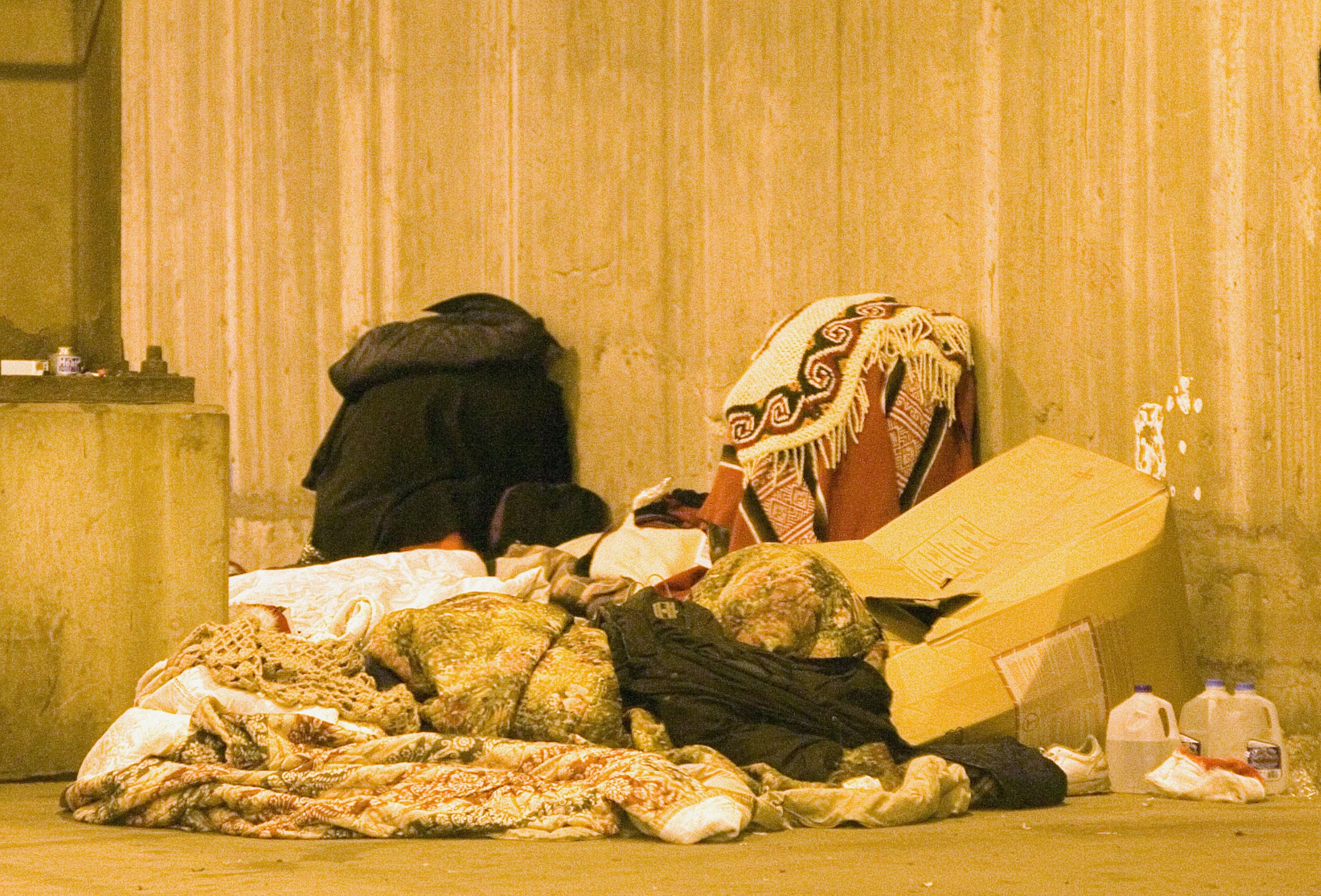Cold weather brings new challenges to homeless
Published 6:05 am Wednesday, January 13, 2021
|
Getting your Trinity Audio player ready...
|
By Dawn Burleigh
Weather conditions can turn a bad situation into a worse one for someone living in the streets and even more difficult for those suffering from a mental illness as well.
The problem posed by homelessness is considerable. The National Alliance to End Homelessness says that, on any given night in the United States, more than half a million people are experiencing homelessness. And the problem is not exclusive to the U.S., as the Homelessness Partnering Secretariat (HPS) estimates that between 150,000 and 300,000 individuals experience homelessness in Canada each year.
In the four-county area that Spindletop covers, that number is 11,000 individuals and families each year. The center provides services in Jefferson, Orange, Hardin and Chambers counties.
Many homeless people are single adults who have nowhere else to turn. Veterans make up approximately nine percent of all homeless singletons.
While homelessness is challenging at any time of the year, winter is especially brutal for homeless individuals. Those who have no indoor places to sleep (shelters fill up quickly in the cold or are avoided for other reasons) typically must confront harsh winter weather, which can increase their risk for hypothermia.
Spindletop Center has an outreach program called PATH (Project for Assistance Transitioning from Homelessness).
“We have a group that goes to Soup Kitchens, homeless camps and get to know the people,” Robin Meek with Spindletop Center said. “They help find out if a person is eligible and if they are willing to come in.”
Art from the Streets, a nonprofit organization that strives to help the homeless, says winter weather can prove fatal for homeless communities, which is perhaps one reason why the average age of death for a homeless person is 47.
“Living on the streets is dangerous, especially for women,” Meeks said. “Many times they are victims of trauma and have a distrust of people, and the systems which has led to their homelessness.”
If a person wants to reach out to help a person on the streets, approach with a smile and kind words, according to Meeks.
“Bring a coat with you and offer it to them,” Meeks said. “Ask if they would like to have it. You may have to leave it so they can pick it after you leave because they may not want to take it from you. Approach cautiously, because they don’t trust others and are trying to protect themselves.”
With the colder weather, groups like PATH, try to reach the homeless to hand out cold weather gear such as sleeping bags or tents.
“They may not be willing to come inside but we try to keep them from dying,” Meeks said. “It is not a quick fix and they do have the right to refuse help. We try to meet the people where they are.”
“To help those on the street, the individual will have to express a desire and be willingness to reach out and receive services,” Natashia Slack, Clinical Director at Samaritan Counseling Center of Southeast Texas, said. “Individuals can dial 211 to uncover local resources in their area.”
Learning about local services is helpful for those wanting to help the people on the streets.
“You can contact the organizations and ask about volunteering opportunities,” Meeks said. “It is a small way people can help.”
Such organizations are:
- Orange Christian Services
- Friends Helping Friends
- Salvation Army
- Soup Kitchens
- Anchor of Hope
- New Anointing Full Gospel Outreach, Inc.
“Unfortunately, there are not a lot of shelters,” Meeks said. “Working with folks on the street, they need a way to keep their things with them such as a backpack or a cart.”
“There are shelters in Southeast Texas but more often than not, have limited beds. Some of them have specific criteria, such as only women and children or just children,” Slack said. “Some programs provide medication support or case management that can help guide a person to the appropriate agencies to receive the medical attention. Please note that without medical insurance, some programs are limited to the supports they can provide.”
People who have the comfort of warm clothing and shelter may not realize the plight of the homeless this time of year. But with some generosity and volunteerism, anyone can help the homeless community this winter.
- Alert professionals. Many different charities help place homeless people in temporary shelters or get them a warm bed or meal. Do a quick search of homeless organizations in your area and give a call to find out if they can assist someone you may have spotted on the street.
- Donate coats, scarves and gloves. In 2017, residents of Bristol, England, tied scarves to the city’s lampposts for homeless to use. Similar concepts can be implemented in towns and cities across the globe. In addition, look for organizations that collect warm clothing for the homeless and the needy.
- Provide hot meals or beverages to a homeless individual. Many times, someone who is homeless may benefit significantly from a small token of compassion. If you do not want to give cash to panhandlers, then instead buy a hot sandwich and deliver it to someone who is homeless.
Helping homeless individuals and organizations that aim to help the homeless takes on urgency when the winter arrives. It may not require much to provide comfort and safety to someone in need.
“It is also important to remember them during the extreme weather of the summer as well,” Meeks said. “It can be detrimental as well. They need water, shade and a way to get out from the extreme heat.”
At times, there are suspicions of fraud or exploitation of the mentally ill on the streets.
“If there is a suspicion of fraud, there are hotlines that might be able to assist,” Slack said.
Meeks said, “To report suspected exploitation of a mentally ill person, call 1-800-252-5400 or visit the Texas Department of Family and Protective Services website at www.txabusehotline.org.”
The tips can be left anonymously but they will need identifying information such as a name, a description of the person and the name of the person possible exploiting the person so the person can be located and the person on the streets can get assistance.
To Make an appointment with Spindletop
883-3864
PATH program
409-839-1085 and 409-839-1089
In Mental Health Crisis
1-800-937-8097
Suspected Exploitation of Mentally Ill Person
1-800-252-5400
Need Counseling?
Samaritan Counseling Center of Southeast Texas
(409) 727-6400







